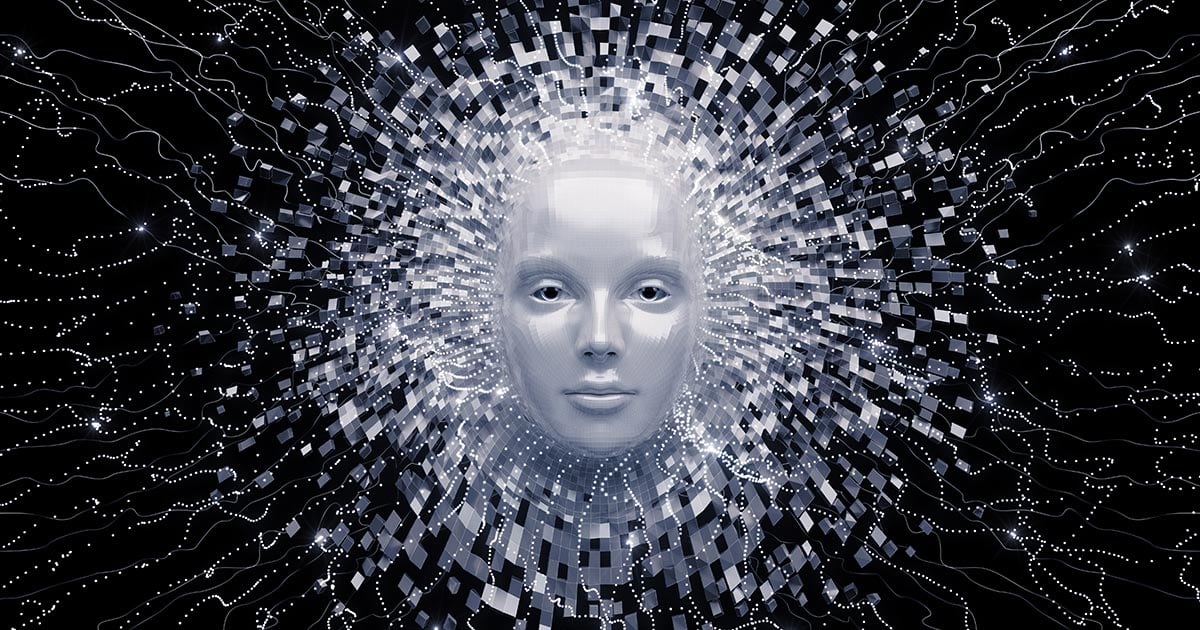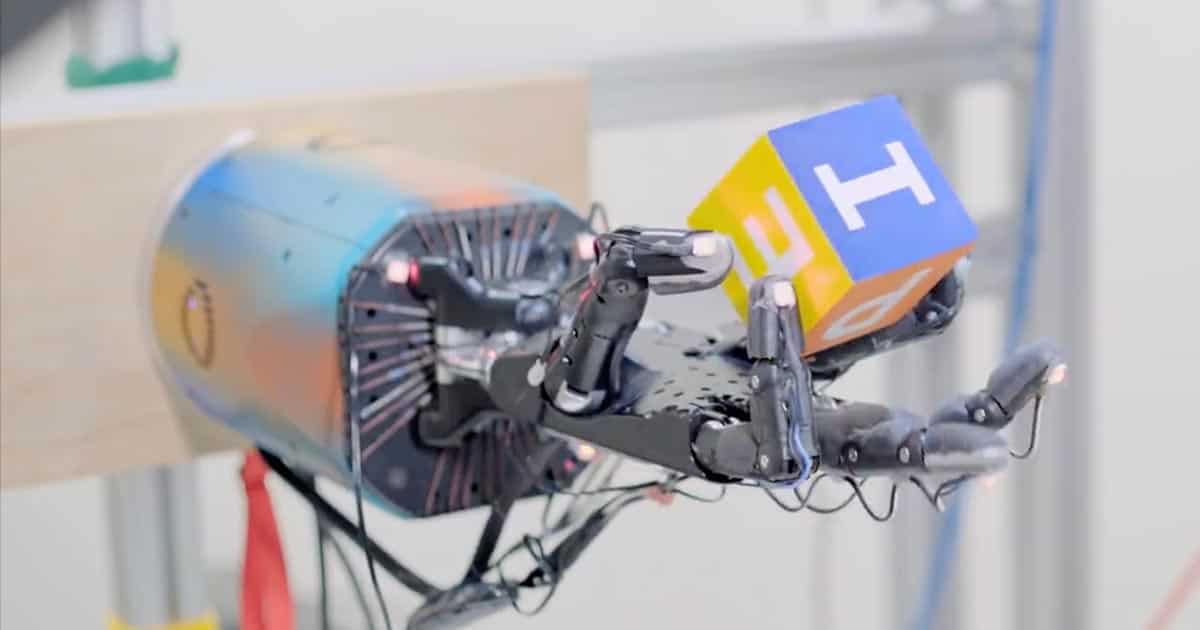Apple has recently hired Ian Goodfellow, a well-known expert in the machine learning community. Mr. Goodfellow used to work at Google.
Machine Learning
Computer Intelligence, Cashless Stadiums – TMO Daily Observations 2019-04-04
John Martellaro and Charlotte Henry join host Kelly Guimont to discuss levels of computer intelligence, and the UK’s first cashless stadium.
AI, Machine Learning, and Deep Learning Explained
We hear the first two terms all the time from Apple. They can be confusing. So, in order to help differentiate between the terms, the TechRepublic has written up a short but helpful tutorial for business people.
The first step is communicating what the definitions are for AI, machine learning (ML), and deep learning. There is some argument that AI, ML, and deep learning are each individual technologies. I view AI/ML/deep learning as successive stages of computer automation and analytics that are built on a common platform.
A traffic planning example makes it clear.
Manage Faces in Apple’s Photos App
David Murphy has a nice tip out on how to organize photos by Faces on iOS. It’s a great way to manage photos of people.
On the three platforms you’re most likely to use to store your smartphone pictures—Apple Photos, Amazon Photos, and Google Photos—machine learning can categorize your photos by the faces in them, rather than rudimentary details like when or where they were taken.
Introducing the Animal-AI Olympics to Test AI Smarts
In the Animal-AI Olympics, AI will be given tests originally designed to test animal cognition in a US$10,000 competition.
The Animal-AI Olympics is the creation of a team of researchers at the Leverhulme Centre for the Future of Intelligence in Cambridge, England, along with GoodAI, a Prague-based research institute. The competition is part of a bigger project at the Leverhulme Centre called Kinds of Intelligence, which brings together an interdisciplinary team of animal cognition researchers, computer scientists, and philosophers to consider the differences and similarities between human, animal, and mechanical ways of thinking.
VSCO Launches For This Photo Machine Learning
VSCO is launching a feature called For This Photo that uses machine learning to automatically suggest presets for your photos.
NVIDIA Jetson Nano is a $99 AI Computer You Can Buy
NVIDIA is releasing a US$99 AI computer called the Jetson Nano aimed at “developers, makers and enthusiasts.”
Apple Acquires Machine Learning Startup Laserlike
Apple has acquired Laserlike, a young startup founded by three former Google engineers. It’s a machine learning startup that could help Apple improve its recommendation algorithms in News, TV, Apple Music, etc (paywall).
An Apple spokesperson confirmed the acquisition of the four-year-old startup, which was founded by three former Google engineers, Anand Shukla, Srinivasan Venkatachary and Steven Baker, and had raised more than $24 million from Redpoint Ventures and Sutter Hill Ventures, according to CrunchBase. Terms of the deal could not be learned.
I look forward to getting better recommendations.
Human War Follows a Universal Mathematical Law
Here’s something you don’t read every day. A new study of human war over the past 600 years that it appears to follow power law distribution.
The thinking goes like this. Society is a complex web of social, political, and economic forces that depend on the network of links between individuals and the countries they represent. These links are constantly rearranging, sometimes because of violence and death. When the level of rearrangement and associated violence rises above a threshold level, we describe the resulting pattern as war.
The second step is building a machine learning system that can predict when the next large-scale conflict is likely to occur. Or maybe we’ll have dystopian war AIs that will use this information against us.
Here's How Siri Works on the HomePod
Although the journal entry is highly technical in nature, it’s a fascinating glimpse into the technology underpinning the HomePod.
Offline Siri Mode Could Come in the Future
In order to pull this off your iPhone would need the necessary processing power, as well as a big enough offline knowledge database.
Apple Acquires Machine Learning Startup for Photos
Apple has acquired Danish machine learning startup Spektral. Its technology separates people and objects from a background in photos.
How Apple Made the A12 Bionic Chip
Wired has a great article about how Apple made the A12 Bionic Chip. The A12 processor is even more powerful than its predecessor.
Apple Wants to Hire a 'Senior System Neuroscientist'
This scientist would be, “building transformative neurotechnology,” and dollars to donuts says it’s related to Apple’s ongoing neural net projects.
YouPorn AI Generated a List of Future Porn Star Names (SFW)
Last year, YouPorn Foresights used AI to predict what the most popular search terms would be in porn. This year the company did something similar. The data science and machine learning teams trained a recurrent neural network to look at the current most popular performer names, and have now created what science has predicted that the next generation of stars will call themselves. There are 69 names, both male and female, and the results are hilarious. As you would expect from AI, the names sound weird and goofy. My favorite names from the list are Man Master, Al Gorr (obviously my future kid), Summer Sax, and Paris Buttomina. It’s a safe-for-work list that you can check out here.
Siri Database Lists Oddly-Named Small Businesses
It’s easy to ask Siri for directions to Trader Joe’s, Starbucks, and other big businesses. But what about small businesses?
Watch This Robot Hand Learn How to Manipulate a Block
Check out this video from OpenAI of a robot hand learning how to manipulate a block. This an incredibly difficult task, and the level of difficulty is one of the many reasons Apple needs humans assembling iPhones. OpenAI used machine learning and virtual simulations for the robot to spend 100 years of trial and error to learn what you’ll see in the video (TechnologyReview has more details). Those virtual lessons were then used by the real-world robot hand, and it’s pretty darned cool. Check it out.
Apple's New AI Boss, Leaked iPhone Glass Photo - TMO Daily Observations 2018-07-17
Adam Christianson from the Maccast and Bryan Chaffin join Jeff Gamet to talk about Apple’s AI boss John Giannandrea, plus they share their thoughts on a leaked photo showing the next iPhone’s glass front.
Former Google AI Chief Now in Charge of Siri
Apple hired former Google AI chief back in April, John Giannandrea. Now he has been given the reins over Siri only three months after getting hired.
Microsoft Buying AI Firm Bonsai
Microsoft is ramping up its stake in the artificial intelligence market by buying the AI and machine learning startup Bonsai.
Twitter Insanity, Apple's AI Showdown, FBI Exaggeration, Apple's HQ Hunt - ACM 463
Twitter has lost its corporate mind, Bryan Chaffin and Jeff Gamet argue in this episode of ACM. They also weigh the importance of WWDC 2018 in terms of Siri, and discuss whether or not Apple has to announce significant improvements to remain competitive in AI. Then there’s the revelation that the FBI exaggerated the number of locked iPhones it couldn’t get into, and they squeeze in a fourth topic, too: Apple’s hunt for a new campus, and how it contrasts with Amazon.
Cracking the Code: How to Improve Apple Music Recommendations
Every Friday the For You section is updated with what the algorithms think you’ll like. For a while Andrew Orr didn’t like his recommendations. But he thinks he discovered a way to improve Apple Music.
Apple Hires Google's AI Chief, Tim Cook Touts His Commitment to Privacy
In a letter to employees, Tim Cook said that John Giannandrea shared Apple’s commitment to privacy and “our thoughtful approach” to machine learning.
Apple AI Team Gives Demo of Self-Driving Technology
Apple usually avoids talking about its projects, but it also wants to reassure researchers that you can still publish papers as an employee.















